Read the history of Yerga Shefi coffee and why it is so popular
There are many reasons for loving African coffee, especially Ethiopian coffee. Ethiopia's coffee industry is steeped in a rich blend of history, tradition and facts with historical fiction. From the story of Caldi and his ant goat to the pious tone of "Yirgacheffe" as coffee lovers call it, Ethiopian coffee evokes pure coffee romance. Come on, say it. It rolled off the tongue.
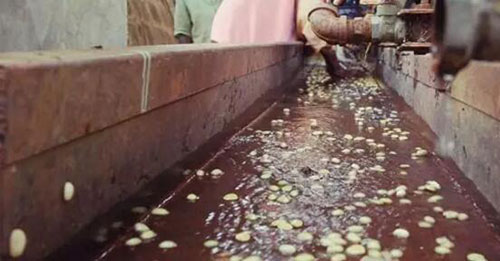
Coffee from Ethiopia, from rich, sweet, fruity to full-bodied, citrus and floral, depends on the process. When you hear about people revelling over coffee in the well-known Yega snow area, they mainly refer to washed or wet coffee. This is a subtle, floral and tea-like coffee with a light citrus flavor and a clean and refreshing body. (it is worth mentioning that the precious geisha or Gesha tea varieties carry similar tasting notes, which are used to rinse the Yegaliv beans, also from Ethiopia-found outside Gesa in Ethiopia in the 1930s and eventually brought to Panama. Washed Irgus and the price is lower than that of a geisha, so they are a good opportunity to enjoy specialty coffee (and / or impress friends).
But what about the other little sister of Ethiopian coffee, those naturally processed Ethiopians? Their honey thick bodies and bright, rotten berry flavor? Where is their hype? Until recently, natural (or drying) Yirgs had given their backseats to their washed colleagues; they were generally considered to be common, of variable or unpredictable quality. The traditional view is that they are suitable to propose a hybrid, perhaps, but not as good as a single origin in the professional market.
We are glad that this is a change! It's time for naturally processed Ethiopians to spend time in the sun (which is interesting, of course, because naturally processed beans have spent a lot of time in the sun).
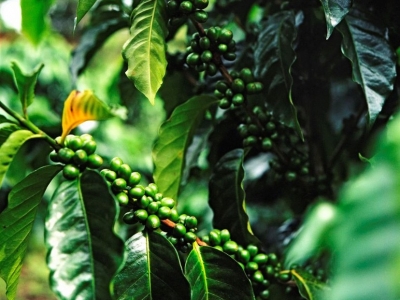
The division of labor between natural and washing processing in Ethiopia has a long history. As many people know, Ethiopia is the famous "birthplace of coffee", and coffee plants grow throughout the lush green highlands. Thousands of native coffee varieties have been cultivated and enjoyed for centuries and have existed as early as wet treatment plants. Natural processing is a process in which freshly picked beans are scattered and dried in the sun. it has always been a traditional means of processing coffee and is the most common. Many locals pick their own coffee beans from wild plants and put them in their backyard to dry-Ethiopians are equivalent to picking wild blueberries from bushes in the backyard.
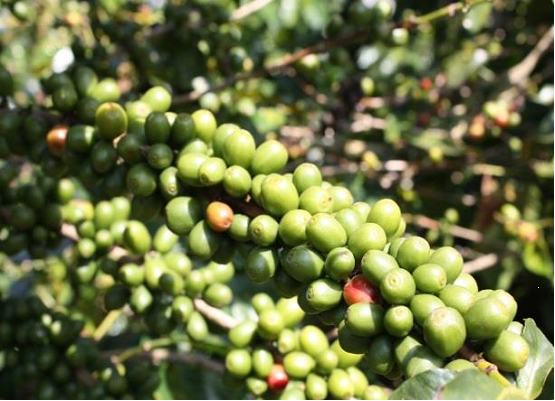
If done right, naturally processed beans retain a ton of fruit flavor and often have pleasant wine-like acidity. They can be powerful, very sweet, and suggest a variety of fresh fruit salad flavors. Natural Ethiopian coffee can taste like cantaloupe, cherry, grape, limes, green apples and even peaches. They are heavy and smooth, with a honey texture such as velvet or syrup. They carry weight, taste spicy, and taste more like they come from the earth. However, natural processing can be tricky, and this is a notorious place: bad dried beans taste sour or moldy, or crisp, not suitable for baking. The drying process may be the most important step in ensuring high-quality green coffee beans.
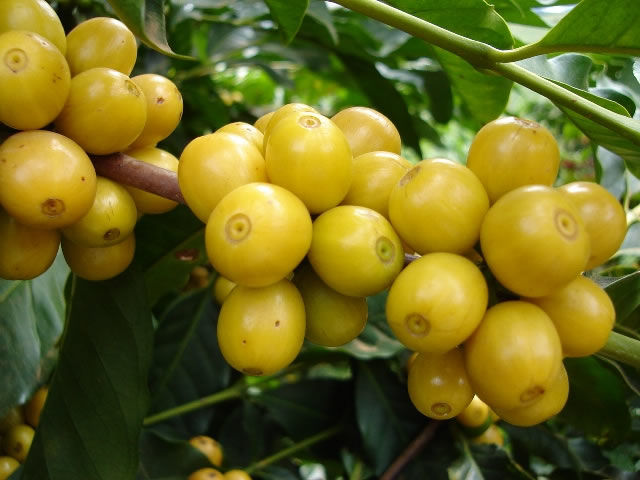
In the 1970s, Ethiopia introduced wet processing, and Yirgacheffe was the site of the first wet processing plant. In the washing process, soak the beans in a bucket of water until the fruit and mucus fall off, and then dry the beans. This strips traditional, fruity, or fermented flavors from legumes, resulting in a well-known washed Yirgacheve cup: a light citrus and floral body. Today, washing machines are very expensive to invest in African content, not only in terms of cost, but also the large amount of water needed to treat coffee, as well as the infrastructure to treat wastewater. Remember, we are talking about Ethiopia, which is not rich in water resources. In view of this, few growers waste their time wet processing low-quality beans. By contrast, beans through wet processing plants are supported by more modern methods, education and supervision: more standardization and quality control combined with more consistent products. These newly washed Yirgacheffes can be "marketed" to the world for the first time as a special product, and coffee lovers embrace them. The exquisite washing Yirgacheffes soars to prominence, while the traditional nature, still relatively unknown, is still a commodity. For the first time as a professional product around the world, and coffee lovers also accepted. The exquisite washing Yirgacheffes soars to prominence, while the traditional nature, still relatively unknown, is still a commodity. For the first time as a professional product around the world, and coffee lovers also accepted. The exquisite washing Yirgacheffes soars to prominence, while the traditional nature, still relatively unknown, is still a commodity.
However, in the past decade or so, there have been a lot of shakes and shocks within the coffee industry. The education and technology previously used in wet processing plants has been extended to natural processing to produce more consistent high-quality products in naturally processed beans. Today, more cooperatives and organizations support fair trade and direct partnerships. And as specialty coffee gains a foothold in the United States and elsewhere, Ethiopia will continue to have more opportunities to market its beans on the world stage. As a result, New Nature, recently a single source of fruit flavor from Ethiopia, such as Yirgacheffe,Sidama,Harrar,Worka; high-quality beans, has a bright, attractive taste.
Important Notice :
前街咖啡 FrontStreet Coffee has moved to new addredd:
FrontStreet Coffee Address: 315,Donghua East Road,GuangZhou
Tel:020 38364473
- Prev
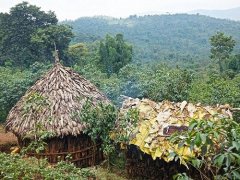
Introduction of Kore sun-dried coffee beans in Kochere producing area of Yega Ficochel, Ethiopia
For the exchange of professional baristas, please follow the coffee workshop (Wechat official account cafe_style) G1 | Sun beans (Ethiopia Kochere Kore Natural G1) about Kore Kore is the village where this batch of coffee is grown and processed, which belongs to the Cochel district in the Yejashafi producing area, about 25 kilometers away from the center of Yejashafi town. Coffee cherries from November to Monday
- Next
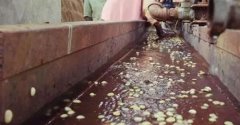
"Coffee birthplace" all kinds of fine coffee in Ethiopia emerge one after another. Whose flavor is good?
There are many reasons for loving African coffee, especially Ethiopian coffee. Ethiopia's coffee industry is steeped in a rich blend of history, tradition and facts with historical fiction. From the story of Caldi and his ant goat to what coffee lovers call Yirgacheffe's pious tone, Ethiopian coffee evokes pure coffee romance. Come on, say it. It starts from
Related
- Detailed explanation of Jadeite planting Land in Panamanian Jadeite Manor introduction to the grading system of Jadeite competitive bidding, Red bid, Green bid and Rose Summer
- Story of Coffee planting in Brenka region of Costa Rica Stonehenge Manor anaerobic heavy honey treatment of flavor mouth
- What's on the barrel of Blue Mountain Coffee beans?
- Can American coffee also pull flowers? How to use hot American style to pull out a good-looking pattern?
- Can you make a cold extract with coffee beans? What is the right proportion for cold-extracted coffee formula?
- Indonesian PWN Gold Mandrine Coffee Origin Features Flavor How to Chong? Mandolin coffee is American.
- A brief introduction to the flavor characteristics of Brazilian yellow bourbon coffee beans
- What is the effect of different water quality on the flavor of cold-extracted coffee? What kind of water is best for brewing coffee?
- Why do you think of Rose Summer whenever you mention Panamanian coffee?
- Introduction to the characteristics of authentic blue mountain coffee bean producing areas? What is the CIB Coffee Authority in Jamaica?

